Features of watering tomatoes in a greenhouse
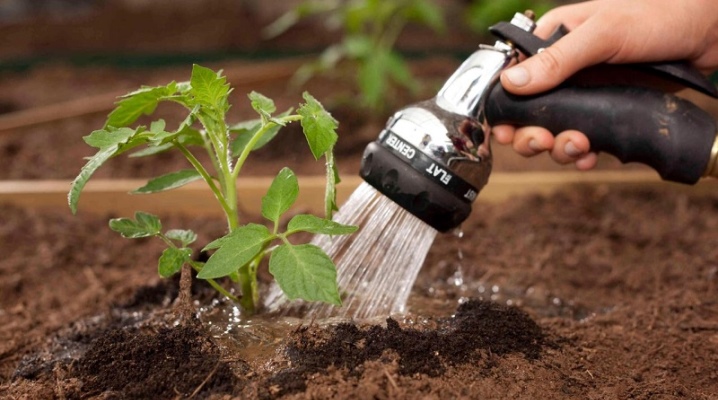
Watering tomatoes in a greenhouse raises many questions, because an excess of moisture can harm plants no less than its lack. Violation of agricultural standards leads to the development of fungal diseases, which quickly infect the entire tomato population in a confined space. A detailed overview of all the features of watering will help to figure out when it is better to water tomatoes, how it is correct and often worthwhile to irrigate in a polycarbonate greenhouse.
How often should you water?
Since modern gardeners prefer to grow tomatoes in a polycarbonate greenhouse, the main recommendations for an irrigation schedule are adjusted taking into account the characteristics of this type of structure. Unlike film shelters, the rate of irrigation frequency in structures with polymer walls and a roof is calculated individually. Greenhouse plants exist here in a comfortable microclimate, not experiencing a deficit in warmth and sunlight.
Unlike glass greenhouses, polycarbonate models help prevent plant burns when leaves and peduncles come into contact with water.
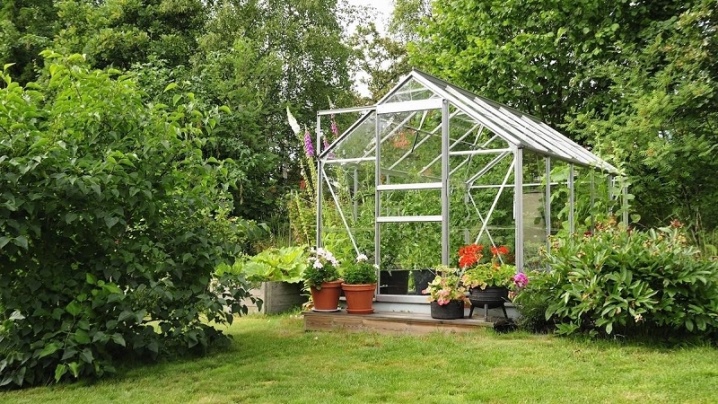
The standard frequency of watering tomatoes in a confined space is 1-2 times within 7 days. This is usually enough for the plants to have no problems with moisture intake. During periods of severe drought, with a prolonged increase in atmospheric temperatures to more than +30 degrees, the schedule will have to be adjusted, spending more time monitoring the microclimate inside the greenhouse.
Optimal growing conditions for tomatoes imply constant temperature maintenance in the range of + 23-29 degrees with humidity not higher than 60%. If these indicators are violated up or down, the microclimate changes. Plants that need to change the watering regime "signal" the problem with the following symptoms.
- Rolling leaves. This sign indicates that the moisture content in the soil is excessive. The frequency or amount of watering should be reduced.
- Withering of shoots, their drying at the edges. May indicate a lack of moisture. But you need to carefully consider the accompanying factors. The same symptoms are observed if the roots rot, the supply of nutrients and moisture to the plant stops. In this case, increased watering will not correct the situation, but will only aggravate it.
A correctly selected irrigation regime is only the “tip of the iceberg”. In addition, the choice of time of day and water temperature is of great importance. During different periods of the growing season, the need for moisture also changes.
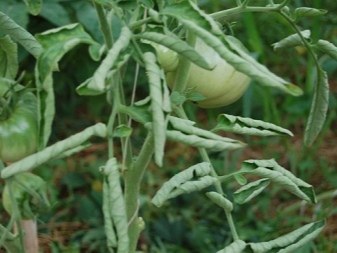

Better in the morning or in the evening?
The choice of the optimal time for watering also raises questions. First of all, one should focus on weather and climatic conditions, as well as on the design of the greenhouse used in the garden. In dry and warm weather, the timing does not really matter. It is only important to ensure that irrigation takes place in the root area, without affecting the leaves and stems. When replenishing the moisture level in the reservoir on a daily basis, watering is best done in the afternoon. During this time, the water will have time to warm up, hypothermia of the roots will be excluded.
Watering is definitely not worth postponing for late evening. In a closed greenhouse, under such conditions, an excessively humid environment will form, which is not very useful for tomatoes. If there is no alternative to evening watering, it is carried out until 19-20 hours, and then the greenhouse is thoroughly ventilated. In the morning hours, before noon, irrigation is carried out in cloudy weather. The greenhouse is then opened for ventilation throughout the day. This will maintain a normal microclimate in the greenhouse, prevent the creation of a favorable environment for the spread of fungal diseases.

Irrigation overview
Irrigation methods for tomatoes when grown in a polycarbonate greenhouse are quite diverse. For example, you can organize auto-root drip irrigation by installing a suitable system right inside the greenhouse. Also, some gardeners use the pit method or add the required amount of moisture through plastic bottles. Manual watering of tomatoes in a greenhouse can be done by sprinkling or by root watering to the base of the bush. Each of the methods deserves a more detailed consideration.
Manual
The simplest method of irrigation, in which water is supplied by hand, through a divider or a watering can spout. This method is suitable for small greenhouses in a summer cottage or local area. Water is applied directly to the root. It is not recommended to use fluid supply through a hose, under pressure. In this case, it is difficult to normalize watering, and the flow of cold water can negatively affect the state of the root system.
The manual method has worked well. It is reliable, eliminates possible malfunctions of the irrigation system. Using a watering can not only allows you to use warm water for irrigation, but also makes it possible to regulate the intensity of humidification.
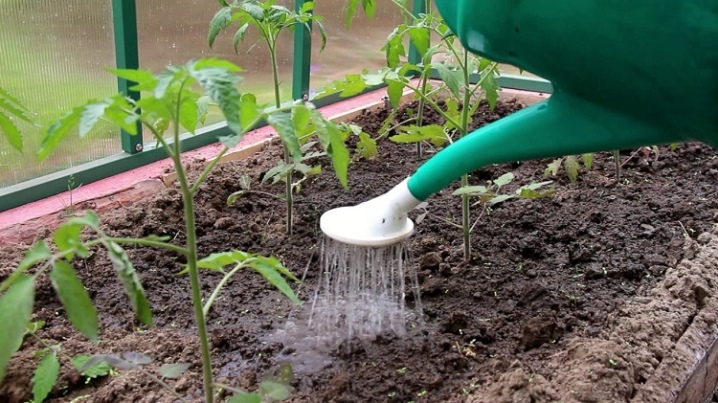
Drip
When growing tomatoes on a large scale, in large greenhouses, drip irrigation systems are used. In this case, a pipeline is drawn to the shoots from the source of moisture, from which special thin tubes are diverted, supplying moisture directly to the roots of plants. The water supply can be carried out from an autonomous tank or directly from the water supply system. Watering is regulated both manually and automatically or semi-automatically.
Drip irrigation is especially effective when the moisture level is insufficient. In this case, the risks of soil overflow at the roots are minimal. The system does not clog, it can be easily deployed on a site of any area. This is a good solution for greenhouse cultivation.
Some types of equipment allow supplying not only water, but also fertilizers.
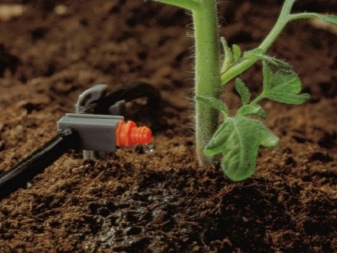
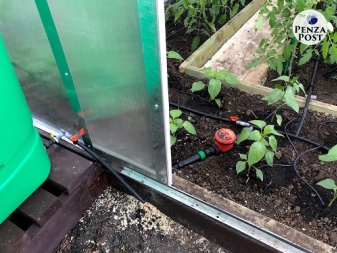
Bottle
This method has become widespread among summer residents who do not live permanently on the site. The basic raw material for the manufacture of a primitive irrigation system is used plastic containers with a volume of 1.5 to 5 liters. Trimming old nylon tights, an awl or a nail may also come in handy.
According to the type of design, bottle irrigation systems for greenhouses are divided into 2 types.
- Submersible, bottom in the ground. In a plastic bottle, holes are made around the perimeter, at the bottom. The denser the soil, the more there should be. The body of the container is covered with nylon tights, it itself is dug vertically into the interval between 2 bushes to the neck. All that remains is to monitor the level of water in the bottle, periodically refilling it.
- Funnel-shaped. In this case, the bottle is driven in with the neck down, 3-5 holes are made in the cork for the outflow of water. The bottom is partially cut off so that it can be folded back to fill in with water. The surface of the bottle with a cork is covered with tights to prevent clogging of the holes during use. The funnels are dug into the ground to a depth of about 15 cm at an angle of 45 degrees, filled with water.
Since watering systems made from plastic bottles are installed between 2 tomato bushes, moisture will be consumed by both plants. On average, water supplies are enough for a week between visits to the dacha, even in extreme heat.
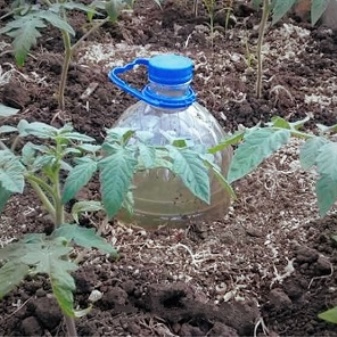
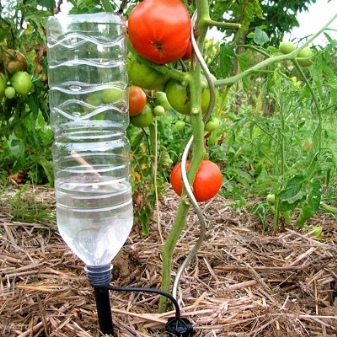
Dimple
This method of moistening the soil in a greenhouse where tomatoes are grown can be called innovative. It is just beginning to be applied in practice, but the results are already looking promising. Pit irrigation can be organized using the following work scheme.
- A hole is dug directly in the greenhouse before planting. A depth of 0.3 m is enough with a diameter of 0.5-0.6 m.
- Plants are planted around the perimeter of the pit, at a distance of about 50 cm from each other. There should be no more than 4 bushes for 1 depression in the soil.
- The pit is filled with cut grass so that the contents rise above the edges of the ridge. Doesn't bury itself.
- Watering is carried out directly into the pit. 20 liters at a time, in compliance with the recommended irrigation scheme for the season and growing season. On average, moisture is applied once every 7-10 days. In cloudy weather, this period increases to 2 weeks.
The pit watering method is good because it allows you to provide water directly to the root system of the plants. Roots develop successfully even immediately after planting. In addition, the grass gradually turns into humus, releasing heat, saturating the soil with nitrogen necessary for the growth of the tops.
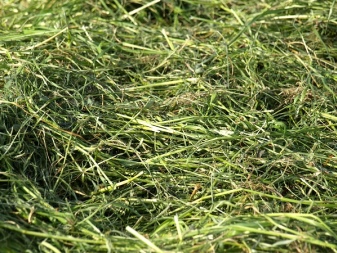
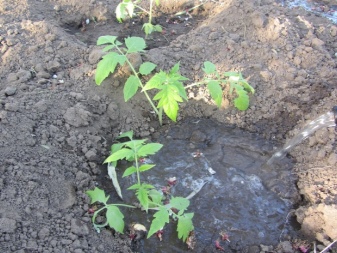
Auto
This method involves the organization of drip irrigation, is used in large greenhouses and summer cottages. The system is mounted by analogy with a manual one, but it is equipped with pumping equipment, water level and pressure regulators, timers and controllers. Depending on the degree of automation, the equipment uses different tools to ensure the water supply to the tomato roots on a schedule.

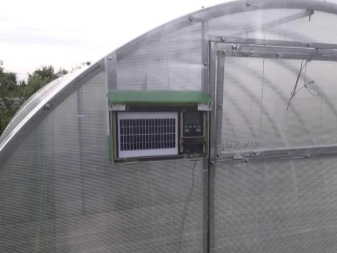
What water to pour?
The temperature of the liquid supplied is very important in the case of tomatoes. These plants are more prone than others to the formation of root rot, the development of other dangerous diseases. This is why watering your greenhouse plants with cold water from a hose is considered a bad idea. Of course, a small amount of moisture at an unsuitable temperature will damage the bushes slightly. But with regular hypothermia, problems cannot be avoided.
When growing tomatoes in large quantities, an alternative to hose water supply is drip irrigation from a constant temperature tank. You can install the barrel directly in the greenhouse. So it will be filled with warm water all the time. With other irrigation systems, the temperature is adjusted according to the weather. On warm days, the optimal values will be from 18 to 20 degrees Celsius.
With a cold snap, these rates increase. Enough 2-4 degrees to avoid hypothermia of the roots. The standard amount of added water is 4-5 liters per bush.
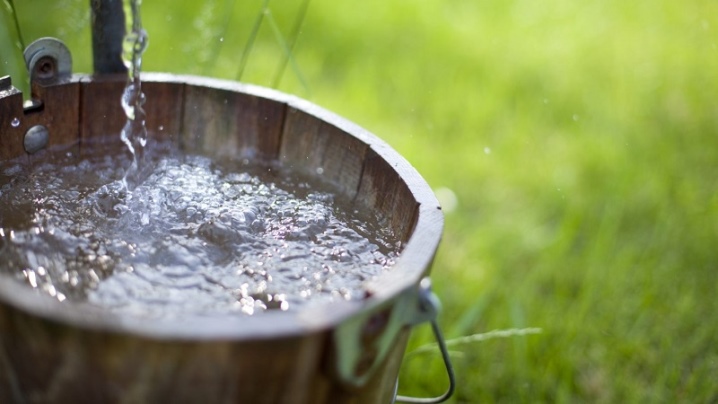
Watering at various stages of growth
It is imperative to regulate the frequency and abundance of moisture application based on the development period in which the plants are located. The pattern will change as the seedlings grow, and then adult tomatoes.
After planting in the greenhouse
It is not too difficult to organize watering of the plants at this stage. The first time after planting in the greenhouse soil, tomatoes are irrigated abundantly, 4-5 liters per hole. This will help the young bushes to settle down better in a new place. Young bushes are planted in well-loosened soil so that the roots receive not only nutrients, but also the necessary air exchange.
After that, you can organize watering according to one of the following schemes.
- For faster adaptation. In this case, take a break for a week after the first abundant hydration. The next irrigation is carried out according to the standard scheme, weekly. It is believed that in such conditions, tomatoes will have more chances to take root in a new place.
- For gradual adaptation. In this case, moisture is applied daily, in small quantities, until the bushes begin to give young shoots. This will serve as a signal that the plants have taken root well in the new place.
At a summer cottage in greenhouse growing conditions, it is recommended to choose the second scheme, as it is more convenient for implementation.In large agricultural complexes, the first option for adapting seedlings is most often used.
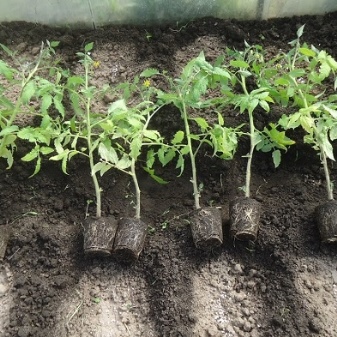
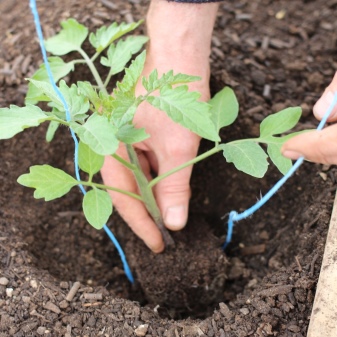
During flowering and active growth
In a greenhouse, young tomato bushes quickly move to active growth. In this case, the frequency of watering must be adjusted individually. For example, hilled or mulched plants retain moisture in the root zone longer. Under normal conditions, watering is carried out after the soil in the aisles dries out to a depth of 3-5 cm. On average, this takes about 5 days.
Caring for tomatoes during the period when they bloom does not have to be changed. Plants are watered after weeding and hilling, they pay great attention to the availability of nutrients in the root zone. If watering every 5 days fails, it is recommended to mulch the area at the base of the bush. Irrigation with fertilizers to preserve the peduncles is carried out from above, while the moisture application rates continue to be observed as standard.
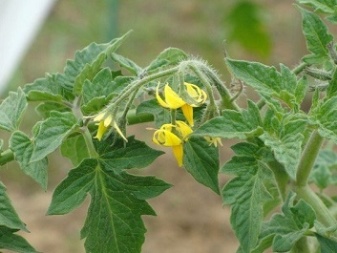
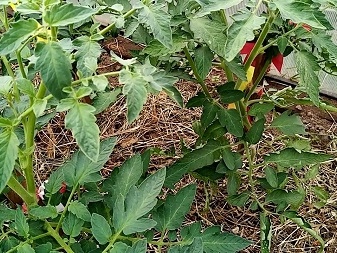
During fruit ripening
In the conditions of greenhouse cultivation of tomatoes, their fruiting occurs in the period from mid-July or later, in August. At the stage of ovary formation, the need for moisture in plants increases. At the same time, it is not necessary to increase the volume of incoming water, but the frequency of irrigation. In this case, excessive moisture will lead to the fact that the fruits will crack as they gain mass.
The soil in the greenhouse where the tomatoes are grown should be slightly damp at this stage. The soil in the root zone is regularly loosened, excluding stagnant water. The frequency of watering during the period of fruit formation is brought up to 2 times a week. If the soil remains sufficiently damp after 3-4 days, the frequency is changed, applying moisture no more than 6 times a month. As soon as the tomatoes begin to fill with juices, the irrigation pattern changes again. In order to prevent the tomatoes in the greenhouse from cracking or rotting, the volume of incoming moisture is reduced. Watering plants at this time should not exceed 1 time in 7-10 days. This will be enough for the fruits to ripen without additional complications, just in time.

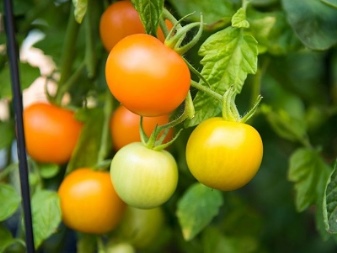
Helpful hints and tips
In order for the tomatoes to grow in the greenhouse correctly, a number of other points should be taken into account when organizing watering.
- When placing containers for irrigation in the greenhouse, they can affect the microclimate in it. The evaporated moisture leads to the fact that the air is supersaturated with it, condensation forms. You can avoid these problems by providing the reservoir with a lid. If it is absent, a film is used.
- Beds with dense, clayey soil absorb moisture worse than peat or sandy loam. Over time, this can lead to root rot. You can fix the problem by carefully making holes in the row spacing with a pitchfork.
- Periodic loosening of the soil is beneficial for plants, but undesirable when growing tomatoes in a greenhouse. Mulching can be an alternative to prevent drying out of the soil, the formation of a crust on its surface. Filling is carried out with straw or hay, wood shavings, sawdust.
- It is imperative to install a ventilation system in the greenhouse. This will avoid air stagnation inside. If this option is not provided, ventilation is organized manually, with through opening of windows or doors.
Considering all the important points, you can easily organize the process of watering tomatoes in a greenhouse, regardless of the temperature outside and the climatic conditions of their cultivation.
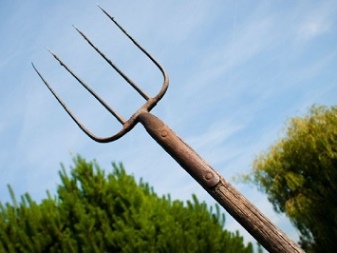
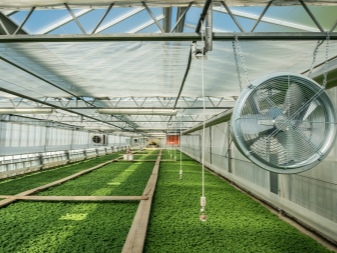









The comment was sent successfully.